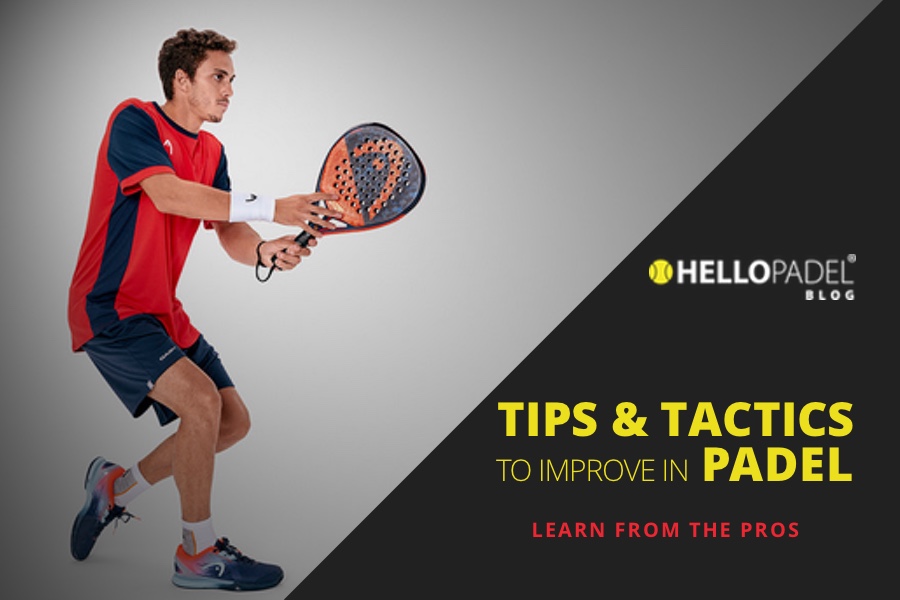Padel is a simple sport to practice at first, but complicated once we start to delve into it. Technical, tactical, physical and even psychological training is essential for any player who wants to make a quantitative and qualitative leap in their game. Learning the best tactics to improve in Padel, in fact, takes time and can be quite a long process, depending on the skills of each person.
Tactics and positioning on court, in addition to physical qualities, are the main points in this sport. It is very common for an inexperienced person to wonder what position to play during the game, however, this will depend on the dynamics of the game.
It may take a long time to apply the best tactics to improve in Padel, but first you have to know them and have a clearer notion of how to move in order to achieve greater coverage of the court. In this article we will delve into these important aspects.
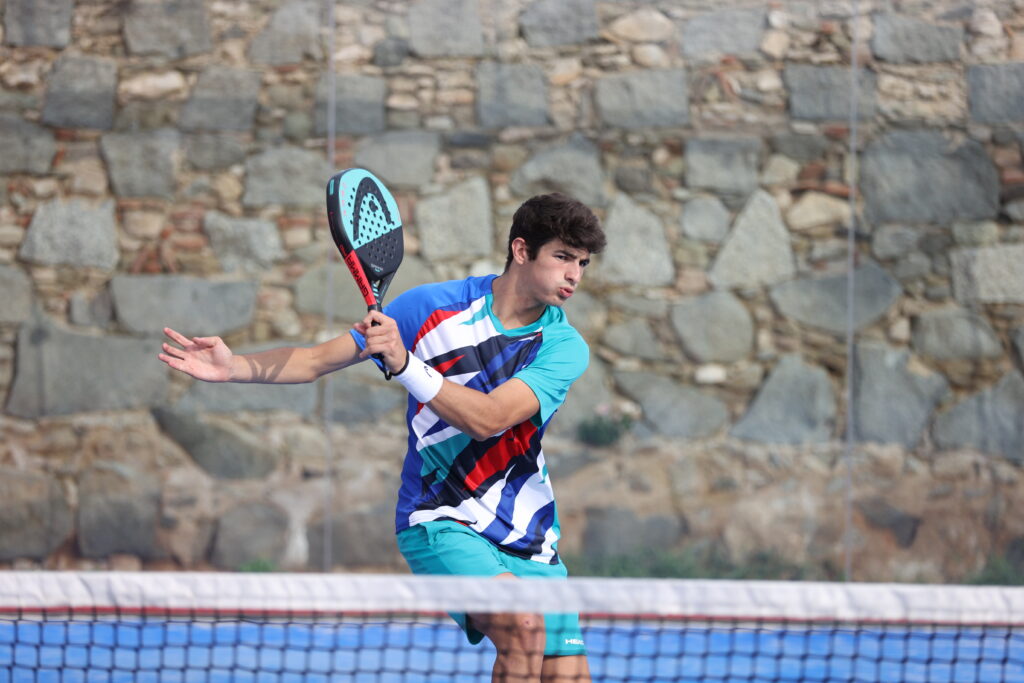



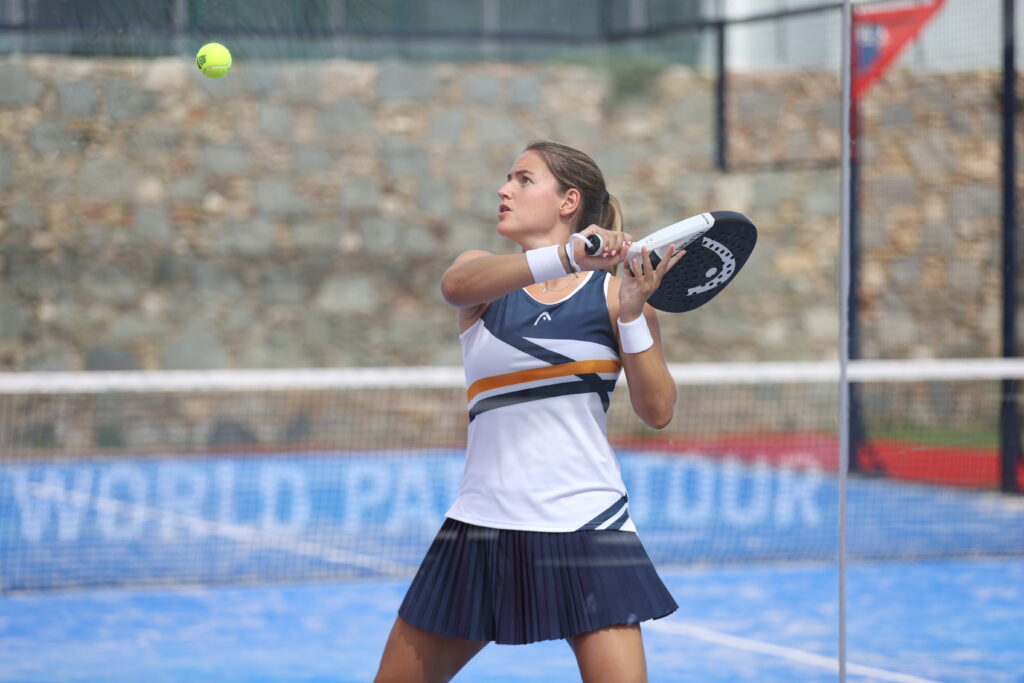



We tell you what are the best tactics to improve in Padel
As we mentioned, this sport may not require many lessons to start playing it, however, when you want to level up, it is very difficult to optimize your style of play without applying tactics that allow you to be more competitive on the court. Next we will specify the best tactics to improve in Padel:
Tactics – At the net
A basic aspect in padel is that when the players meet at the net, one has to cover the center and the other the parallel, leaving the crossed grid free because it is a hit with a very high level of complexity.
On this basis, once the orientation of one of the shots is changed, both athletes must move from side to side rotating on a vertical axis, changing the areas they cover. In this “repositioning” process, a little time is naturally wasted until we return to our position, which leaves a space for the opponents to attack.
Applying the best tactics to improve in Padel when we are on the net implies, therefore, knowing how to move in case of low balls and lobs.


Tactics In case of low balls
When they throw us low balls, we have to change the game towards the other rival, whenever it is possible to cause a shot that ensures that we can continue to adequately cover our areas. To achieve this, we can make a higher pressure shot or make a long lob that allows us to get time to offer coverage in the new spaces.
One of the most common mistakes is changing play without eliciting a pressure or deep shot, allowing the opponent to hit a down the line shot.
In case of a lob the space left must be covered with a tray and we quickly have to return to the net to cover the hole that is ahead and the other that must be covered in case of a low ball.
At the back – Defensive position
When we are at the back (defensive position) , we only have to cover the background glass and the occasional ball placed on the grid, however, it will depend on the hit we provide. Because, if we do not give the opponent a possible angle where to hit the ball, it will not be possible for them to take advantage of this gap easily.
Of course, you have to be careful when playing balls in the areas with more angle, on the contrary, we will be giving the opponent a lot of space and the need to cover more will arise. For this reason, it is important to go out with a lob as soon as possible (and when you are NOT under pressure) or, ultimately, to go out in the center of the court with a low ball, in this way, we can make the court smaller for the opponent.
These are the best tactics to improve in Padel when we are at the back of the court, but the following aspects must be taken into account:
- It is better to play low balls whenever possible, to the center of the court. It is even much better if it is towards the backhand volley of one of the rivals (the one on the right specifically).
- Once we are forced to be in the center of the court, the space we leave at the mercy of the opponent is considerable, which means that things are not very good. Especially since you have to cover a lot of track in a short recovery time.
- In these situations, it is advisable to go out with a balloon (if possible). In this way, we will reduce the angle for the rivals while buying time to recover the position.


Important keys
Talking about the best tactics to improve in Paddle encompasses other key elements that can make the difference between a victory or a defeat, even getting a closer game. Let’s see:
- Analyze the court before going to play. Its characteristics will provide us with information so as not to be surprised once the game starts.
- Use balloons especially in easy balls. They will make you get a good shot and a chance to take the net.
- As a general rule, play crossover, except when you’re not having a good day. In this case, play a lot in parallel to pass the game to your partner.
- Always return the serve, don’t play it on that shot. Make sure you always put the ball on the stake. If you intend to use a lob, do it on the second serve, the ball will be slower and easier.
- Prepare the game, move your opponent and find your best shot to finish. Be patient!
- Avoid the central area of the court, there you will not be able to defend yourself effectively.
- When you feel that you are at a disadvantage, always resort to a slow ball. It will give you the time you need to return to the correct position.
- After each game, analyze what you did right and what you did wrong. It will help you improve.
- Vary your rivals, in this way you will find several situations that will enrich you as a player.
Conclusions
One thing is to theoretically know the best tactics to improve in Padel and another is to know how to apply them on the court. The experience and the ability to analyze your mistakes after each game will be decisive. In addition, it takes a lot of perseverance to perfect these tactics, so it is necessary to practice and play in your spare time.
Only in this way is that you will reduce your mistakes. Now, a skill that a paddle tennis player must have is the ability to recognize their strengths and weaknesses on the court.
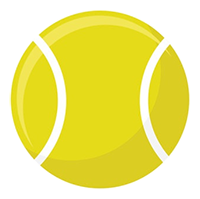 Upgrade now
Upgrade now
